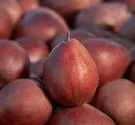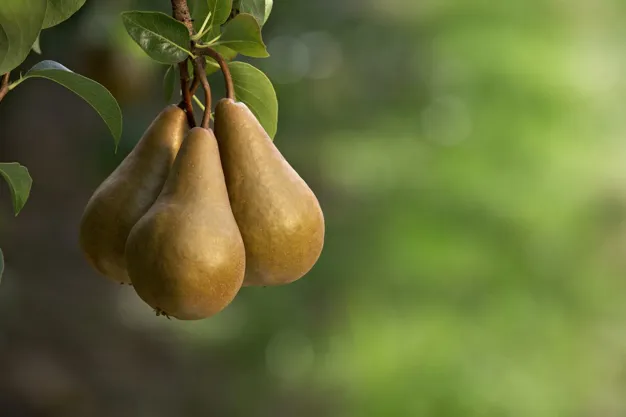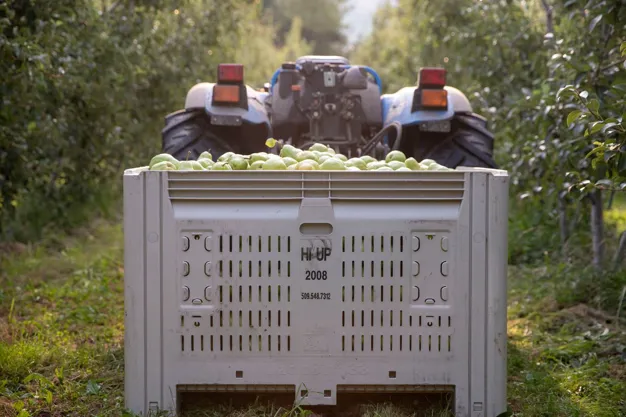 The U.S. has sold just under 80 percent of this season's pear crop and is entering the home stretch of the crop year. "We usually sell domestically grown pears for 11 months of the year and hold varieties in storage until July or sometimes into early August," says Jeff Correa with Pear Bureau Northwest. "For some varieties this season, supply has been slightly tightened to make it into June/July."
The U.S. has sold just under 80 percent of this season's pear crop and is entering the home stretch of the crop year. "We usually sell domestically grown pears for 11 months of the year and hold varieties in storage until July or sometimes into early August," says Jeff Correa with Pear Bureau Northwest. "For some varieties this season, supply has been slightly tightened to make it into June/July."
Smaller Green D'Anjou volume
While this season certainly was not a record crop season, overall supply was up compared to the previous year. Total production volume this season amounts to 15.4 million (20 kg.) boxes versus 14.1 million boxes last season. All varieties saw an increase in volume, except Green D'Anjou. "This is one of our winter varieties and the largest pear variety in terms of volume for the U.S. It takes up about 40 to 45 percent of total production," said Correa. However, Green D'Anjou didn't set a good crop this season due to warm weather during pollination and as a result, production volume stayed behind. "If it would have set, I believe we could have seen an additional 500,000 to 1 million more boxes of Green Anjou," Correa shared.

Decrease in offshore exports
This season's slightly larger total volume leaves a little more volume for exports. While U.S. grown pears are mainly sold in the domestic market, Mexico and Canada are key export markets. "In the past two seasons, they have taken 90 percent of our total export volume, and the remainder goes to Central America with Guatemala, Panama, and the Dominican Republic being the main destinations." These markets are still in relatively close proximity to the U.S., preventing shipping delays. In recent years, exports to offshore markets have decreased substantially as overseas shipments have become too risky. "Last season (22/23 season) showed the lowest export volume to offshore markets," commented Correa. "Very little volume went beyond Central America as there was too much uncertainty – costs were high and transit times were unreliable. Trucking was the preferred type of shipment."
On the import side, Argentina is the biggest southern hemisphere supplier to the U.S. Volumes coming in this year are expected to be similar compared to recent years. "Not much volume has entered the market yet as peak volumes typically arrive in April," Correa said. Argentina competes with the U.S. on varieties. The country is now shipping Bartlett pears, a U.S. summer variety that will be available in the domestic market again in August. "We are not expecting too much turmoil from imports but hope Argentina's varieties won't disrupt the market when California pear harvest starts up in July."

Pricing lower than expected
While demand for pears has been steady, the industry had hoped for a season with higher pricing. "This year's crop is still considered smaller size, but what's not helping is that the U.S. is faced with an abundant apple crop," Correa mentioned. As a result, apples are heavily promoted this year and prices are lower." Although they are very different fruit items, consumers may still substitute when one piece of fruit is cheaper than the other.
 For more information:
For more information:
Jeff Correa
Pear Bureau Northwest
Tel: 503-652-9720
[email protected]
www.usapears.com
